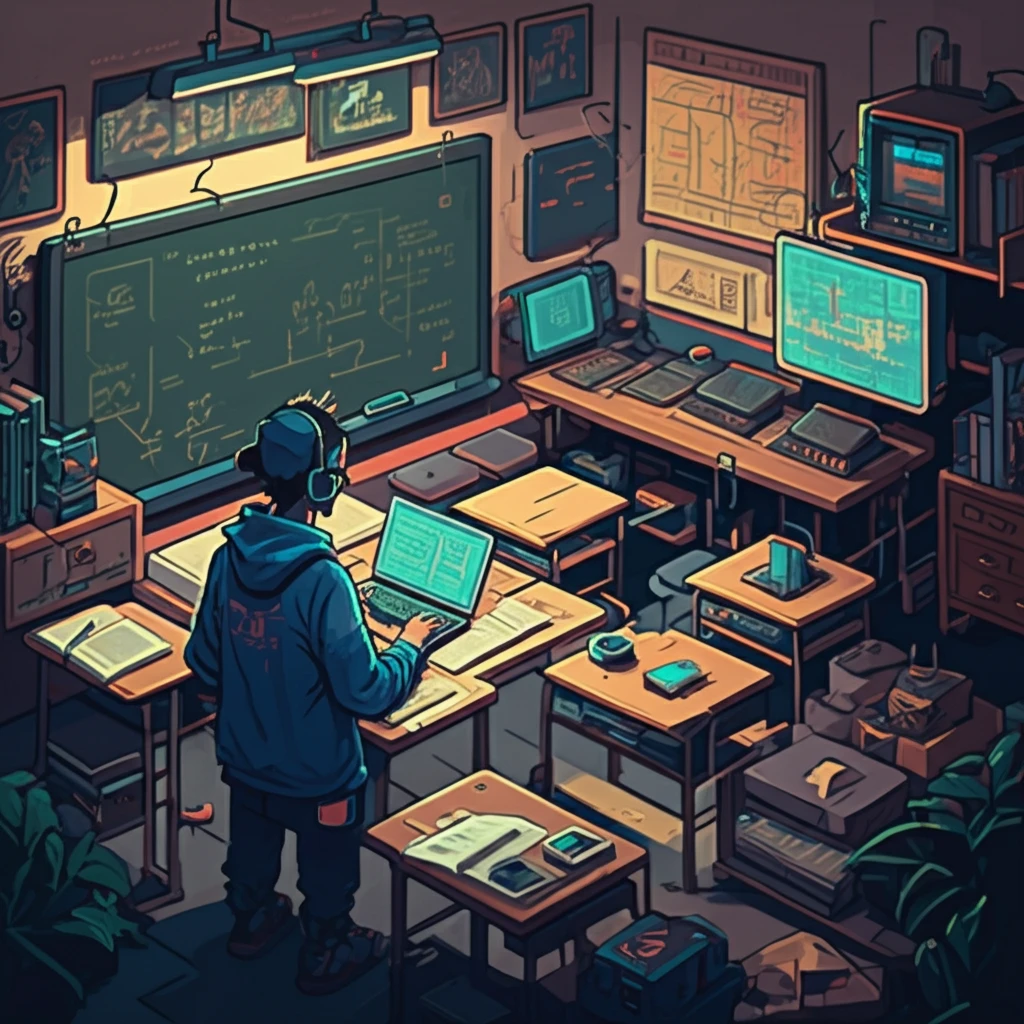
Serious Games: Leveling Up Learning and Adoption in the Digital Age
"Unlock the potential of serious games for enhanced training, decision-making, and commercial success. Discover why traditional models fall short and how to bridge the gap."
The rise of serious games and digital technologies is rapidly changing organizations, markets, and social infrastructures. These innovative products present new challenges in diffusion strategies, requiring companies to rethink how they engage prospective customers. Serious games, as a form of digital innovation, demand a fresh perspective to unlock their full potential.
Digital innovations, as described by Yoo, Henfridsson, and Lyytinen, consist of digital and physical components with attributes like re-programmability, homogenization, and self-reference. This blend reconfigures the social and technical environment, impacting how customers understand and adopt these technologies. Therefore, focusing on serious games helps address the unique challenges and implementation hurdles they face.
Over the past decade, the digital games development community has increasingly recognized the broader applications of digital games beyond mere entertainment. They now serve as valuable tools for training, education, investigation, and even advertising. As users transform into active learners within these environments, the capabilities of serious games continue to expand.
Why Serious Games Are More Than Just Fun: Unlocking Training and Decision-Making Potential

In a virtual environment that mirrors reality, serious games educate users by allowing them to take calculated risks and find solutions to specific challenges. The advantage lies in the instant feedback players receive, enhancing critical reasoning and decision-making skills. This immersive experience prepares individuals for real-world scenarios in a safe and controlled setting.
- Enhanced Skill Development: Serious games provide a platform for users to develop and refine skills through interactive experiences.
- Real-World Application: By simulating real-world scenarios, these games prepare users for practical challenges they may face in their respective fields.
- Immediate Feedback: Instant feedback mechanisms allow users to learn from their mistakes and improve their decision-making abilities.
- Safe Learning Environment: Serious games offer a safe space to experiment and take risks without real-world consequences.
Conclusion and the Road Ahead: Bridging the Gap in Serious Games Adoption
Rogers’ diffusion characteristics have proven valuable in IS implementation, with models developed around trialability, relative advantage, complexity, compatibility, and observability. However, these characteristics do not fully explain the adoption of serious games. Future research should explore empirical analysis, integrating factors like re-programmability, self-reference, and homogenization to develop a statistically reliable adoption model. By understanding the adoption decisions and outlining implications for commercialization, we can reshape business plans and practices to better assess the market for serious games.
